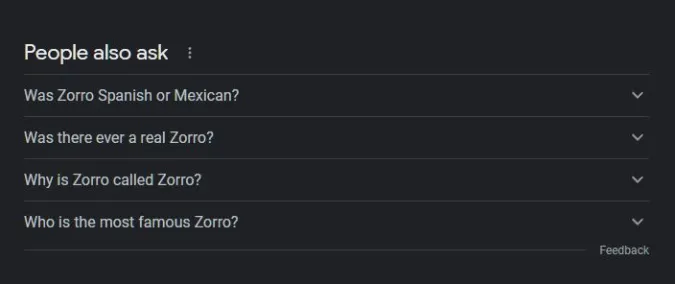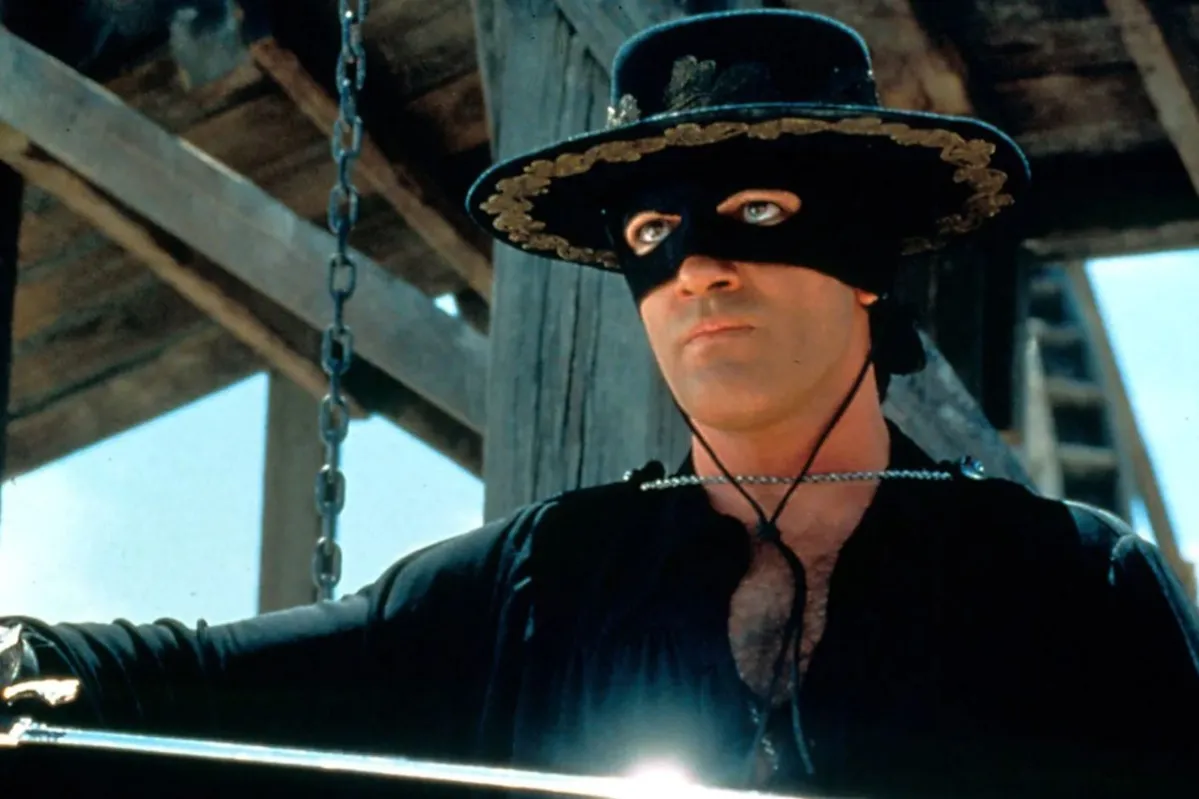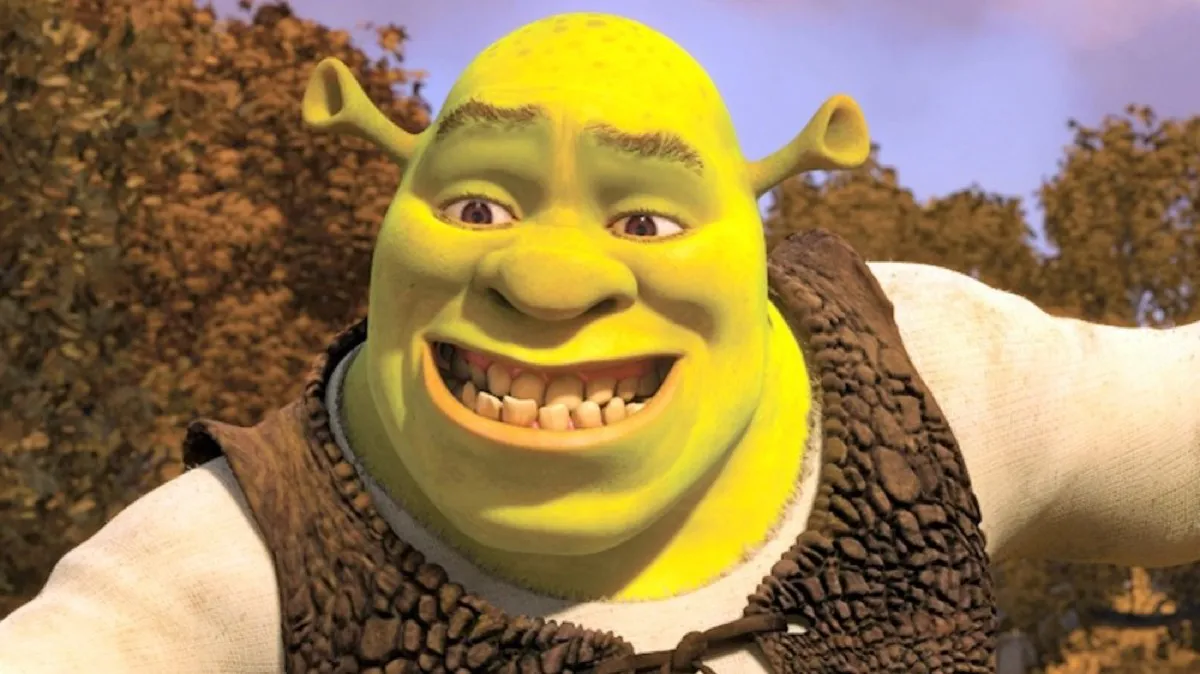In a recent interview with ComicBook.com, actor Antonio Banderas discussed the possibility reprising the role of Zorro to end a trilogy and pass the mask on. While it hasn’t happened in every Zorro adaption, the mantle was already passed down to Banderas’ character from another Zorro at the beginning of his run, so the topic didn’t come out of the blue. Reboots are the norm, and there’s a gender-bent reimagining of the story as a TV series already in development at NBC, with Sofia Vergara and Robert Rodriguez attached. When asked what current actor Banderas believes could take on the role (in a reboot he would be in, not the NBC version), he pointed to Tom Holland.
Antonio Banderas and Tom Holland are both great actors, but this choice would do very little with the role other than take away the opportunity to properly cast a role that’s written for a Mexican actor and continue the long tradition of casting a non-Latinx, white person in his place, as Banderas is Spanish. Anthony Hopkins—whose character passed the role of Zorro to Banderas’ character in The Mask of Zorro—is Welsh, just like the love interest in the film, Catherine Zeta-Jones.
Before the casting for that film was finalized, Scottish actor Sean Connery was set to play the Zorro at the start of the film, in Hopkins’ place. While there’s been a handful of Latino actors to portray the man of the people (namely Puerto Rican and Peruvian), most of the others have been European, Canadian, or Filipino. Some, including the first depiction, have donned brownface for the role.
In the interview, he cited the energy of Tom Holland when they worked on Uncharted together. While not malicious, it’s still a bad choice and is honestly par for the course for Banderas. Hollywood (including one of the few Latinx directors) has given Banderas the space to play Latin American characters from fiction and historical figures. Arguably, these roles make up most of his career to the point people where really calling this man a person of color in 2020.
The complicated history of Zorro

Zorro was created by pulp novelist and history enthusiast Johnston McCulley in the early 20th century. This was when most American media was even whiter, and on the occasion that people of color were portrayed, it was exclusively as tropes. Zorro’s character is adventurous and largely positive, but he has still been exotified and racialized as a Latin Lover trope. While the trope (for men) comes from the negative depiction of the various ethnic groups found in Southern Europe, American films projected this onto people from Latin America.
Zorro is a Mexican nobleman who serves as a hero to the Indigenous peoples in Alta California (the region between 1804 – 1820s, pre-Mexican independence from Spain). In many adaptions, Zorro is mestizo (Indigenous and white), and while not from there, trains in swordsmanship in Spain during his early adulthood. Because he’s a nobleman and the Casta was more rigidly followed, it’s not entirely out of the realm of possibility to cast a white actor, but the problem is that continuing these casting choices removes Zorro from representation makes sense story-wise and takes away an opportunity that, on paper, is perfect for a Latinx actor—regardless of gender.
We talk about increasing quality representation through race-bending characters and by supporting wholly original stories. Casting a Latinx artist as Zorro just works because looking at the source material and larger canon, he never should’ve been (non-Latino) white to begin with.
(via ComicBook.com, featured image: TriStar Pictures)









